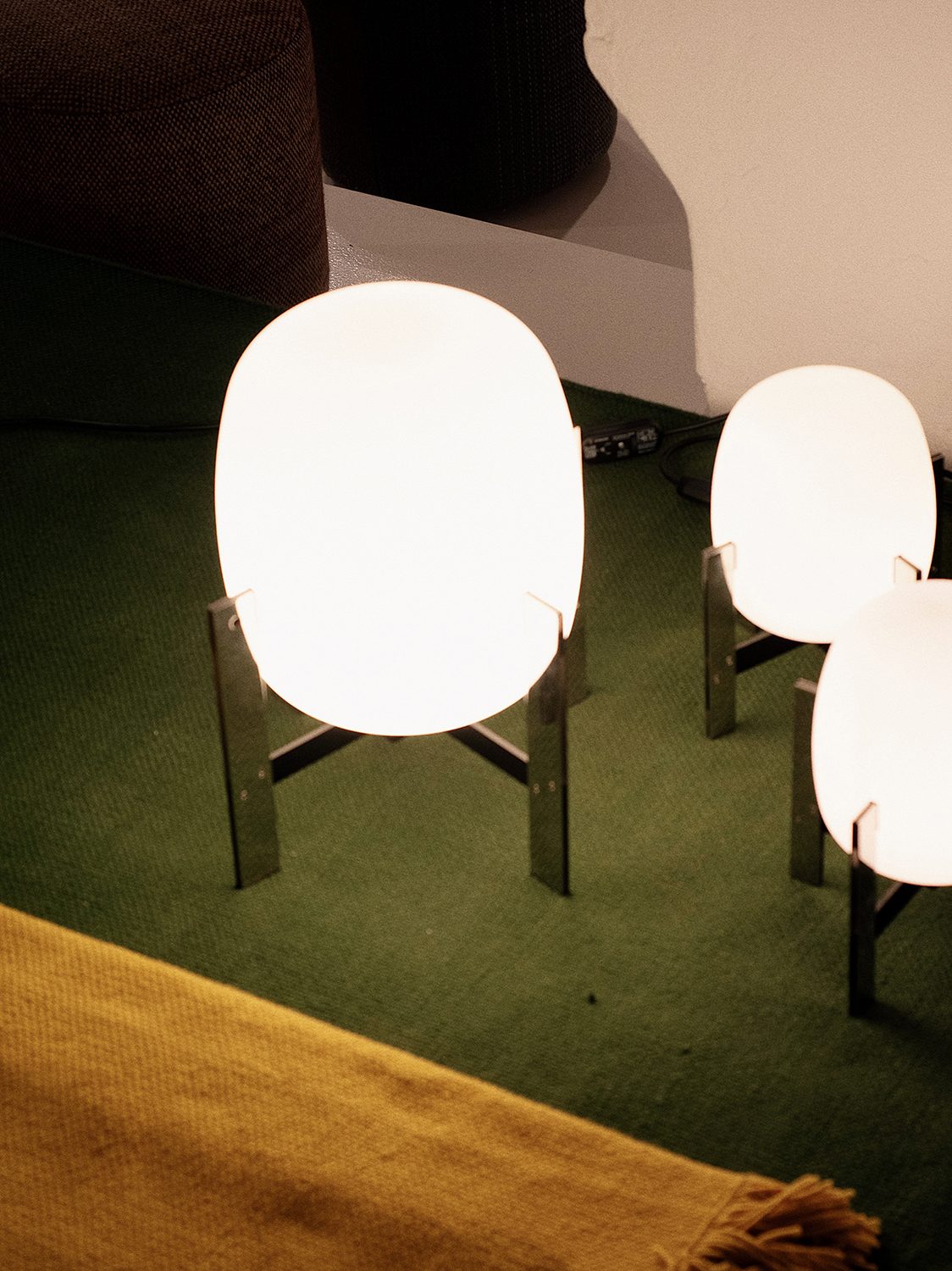
Santa & Cole
A dialogue between Sílvia Martínez Palou and Català-Roca
During the firsts decades of the past century, Catalonia, with the head core in Barcelona, was the center of a strong conviction architectural-movement raised as a reaction to the monumentalist academy developed in the Spanish post-war years.
It was the 1950s and Group R [Grup R in Catalan] as it was named, wanted to not only be connected with the activity of the GATCPAC, the first avant-garde architectural movement developed in the Iberian Peninsula, but to go one step further into what became later on the so-called “Escuela de Barcelona” [School of Barcelona].


The group had a stylistic hallmark: rationalism as the search for a logical and structured architectural language based on simple lines and innovative shapes by using, however, traditional materials such as brick and ceramics. Strongly connected with the handcrafted work, this new vision developed until the 1970s decade, gave special emphasis to establish a communicative bridge between architectural activity and people.

Francesc Català-Roca (Valls, 1922 – Barcelona, 1998), was the photographer par-excellence of all the works signed by the wave of both young and established architects belonging to this new trend. The images in black and white of those golden years are one of the most relevant and treasured archives of such an era.


In the exhibition ‘Retículas (6 arquetipos)’, that can be visited until mid-november in Santa & Cole Gallery, Sílvia Martínez Palou (Barcelona, 1961) coexists with the portraits that Català-Roca took of the most iconic buildings of the city, whose shapes are reinterpreted by her into a new language based in two different techniques: photography and engraving. Rather than just a collection of individual pieces, the show outlines a visual narrative of the city through the eyes of these two artists.




The approach of Group R was key in the conceptualization of a Barcelonian society that remains today in the work of Josep Antoni Coderch, Josep Maria Sostres, Josep Pratmarsó, Joaquim Gili, Manuel Valls, and young architects at that time such as Josep Martorell, and Manuel Ribas. Sílvia shows fragments of building façades by renowned architects, including Antoni de Moragas, Antonio Bonet Castellana and Francisco Juan Barba Corsini. By employing the layering of elements and the engraving technique, Sílvia depicts the shapes and atmosphere that have defined Barcelona as a city while she offers a journey across the 20th-century architecture of Barcelona.


The result is a conversation relaying on the brutalist urban landscape of post-war Barcelona, a city that yearned for modernity as it aimed to articulate its identity through architecture.



